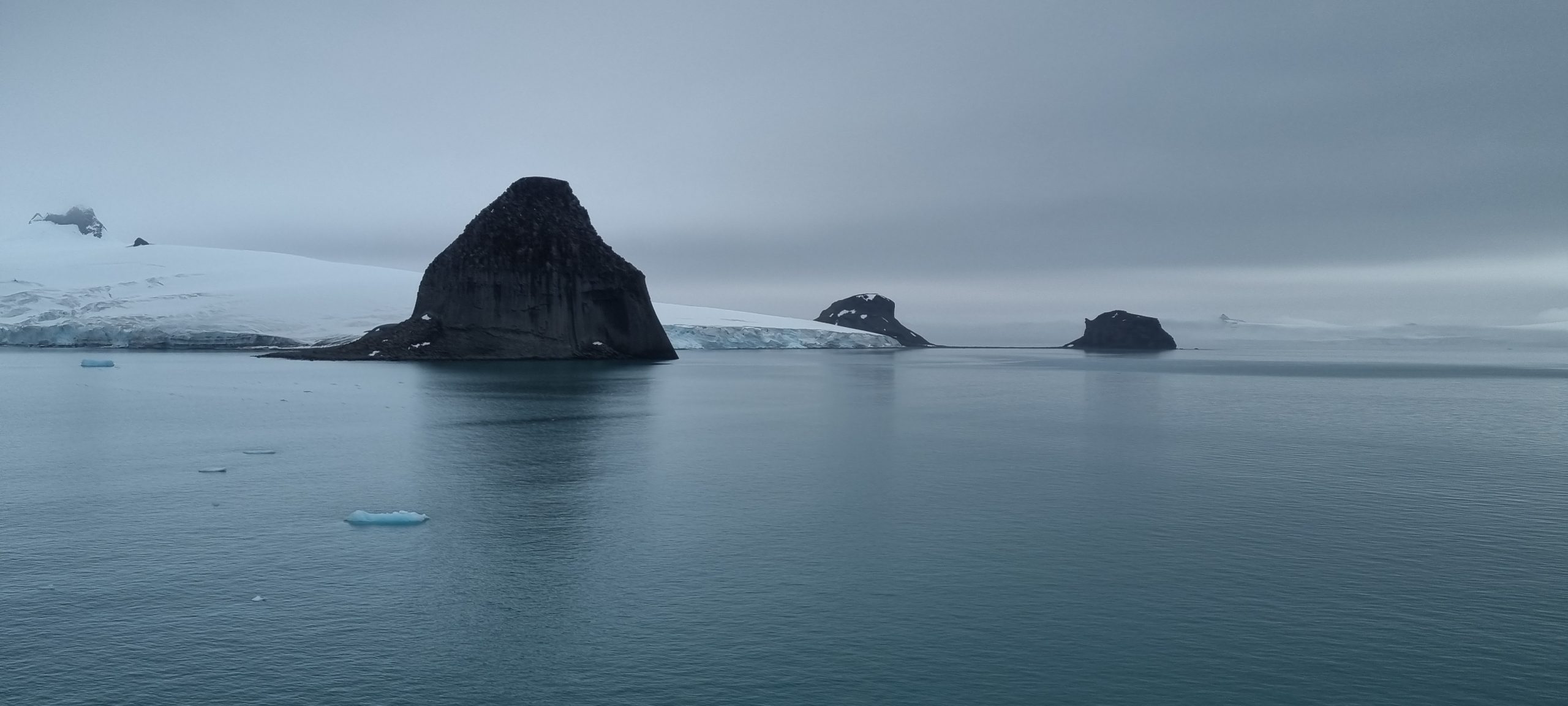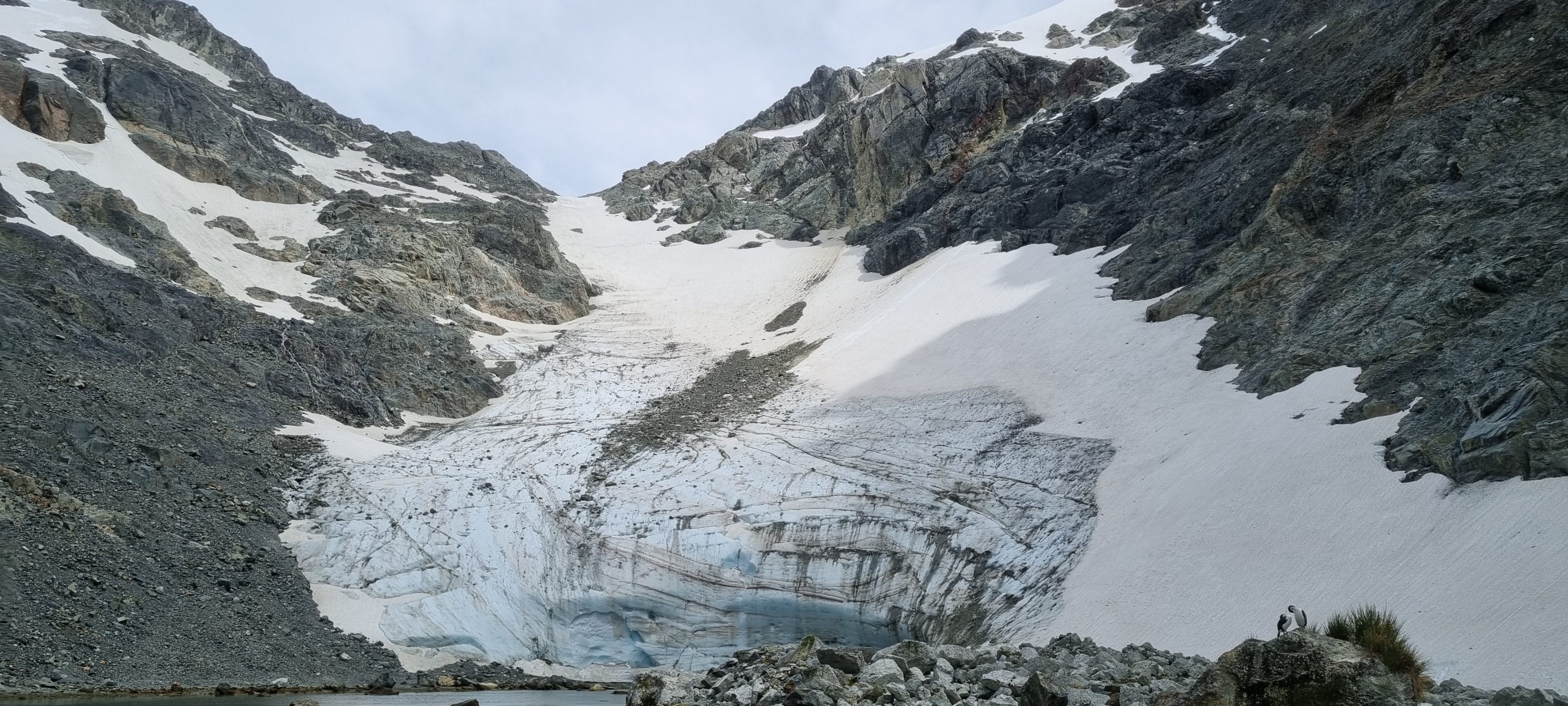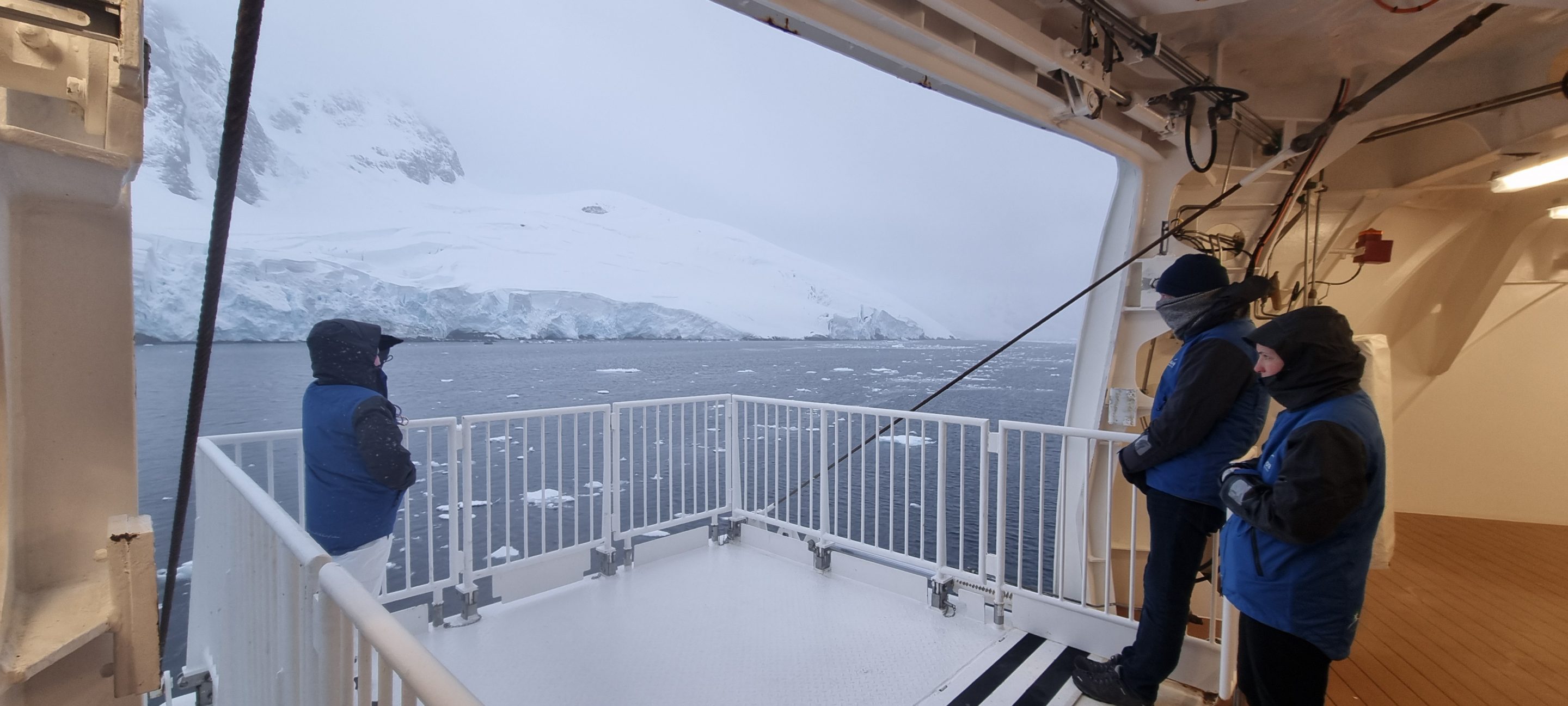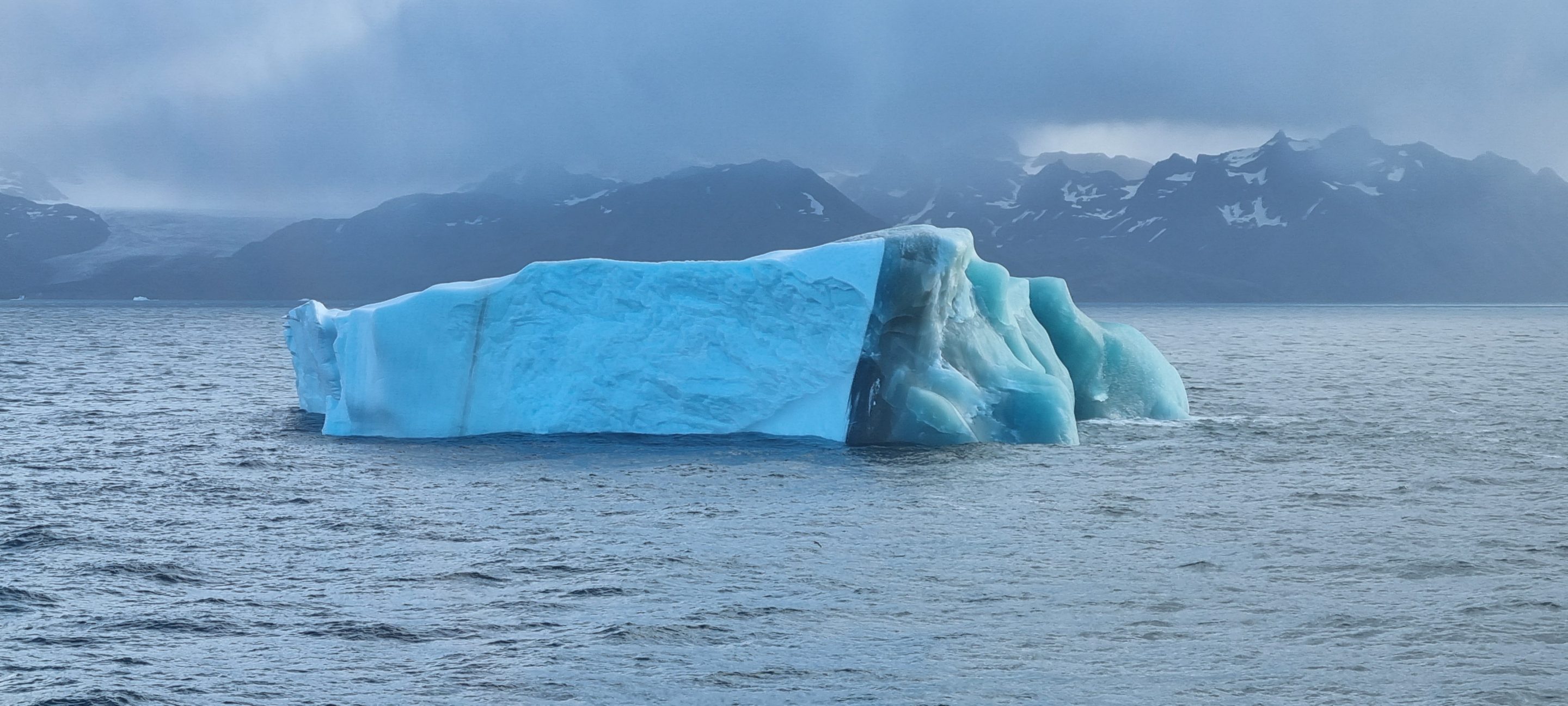Glaciation in Antarctica
Glaciation in Antarctica has profoundly shaped the continent’s landscape, ecology, and its role in Earth’s climate. As the most extensive glaciated region, Antarctica’s glaciers hold nearly 90% of global freshwater within a vast ice sheet, influencing sea levels, ocean circulation, and atmospheric patterns.
This glaciation results from specific climatic conditions and geological history, evolving over millions of years. Antarctic glaciers come in various forms—ice sheets, ice shelves, ice streams, and valley glaciers—each contributing uniquely to Antarctica’s terrain.
Formation of Glaciation in Antarctica
The formation of glaciers in Antarctica is driven by the accumulation and compaction of snow over long periods. Snow compresses under its own weight, forming firn (a transitional stage between snow and ice) before becoming dense glacial ice. In Antarctica, where temperatures rarely exceed freezing, snow persists year-round.
This continuous accumulation over millennia has created immense ice sheets, with some reaching over 4,000 metres in thickness.
Gravity forces these glaciers to flow outward as the immense weight of the ice sheet deforms lower layers, causing them to spread. The glaciers’ flow, along with melting and calving at the edges, contributes to the dynamic nature of glaciation in Antarctica. Despite their apparent stability, glaciers are highly responsive to climate variations, with warming trends causing accelerated flow, melting, and ice loss.
Processes Shaping Antarctic Glaciation
Several fundamental processes govern the formation, growth, and decay of Antarctic glaciers:
Accumulation and Ablation
The mass balance of glaciers hinges on the interplay between accumulation (snowfall) and ablation (melting, sublimation, calving). A positive mass balance promotes glacier growth, while a negative balance results in retreat. This balance shapes the ice sheet’s stability and long-term development.
Ice Flow and Dynamics
Under gravitational forces, glaciers flow, influenced by internal deformation and basal sliding. Temperature, ice thickness, and bedrock conditions all affect flow dynamics, which play a critical role in shaping Antarctic landscapes.
Basal Processes
Basal sliding occurs when meltwater at the glacier base reduces friction, allowing ice to move over bedrock. Subglacial hydrology, involving lakes and rivers beneath the ice, influences basal sliding, adding complexity to the glacier’s movement.
Erosion and Sediment Transport
Glaciers erode the underlying bedrock through plucking and abrasion, creating glacial till (transported sediments) that is deposited as moraines, drumlins, and other landforms. This erosive action shapes valleys, fjords, and basins across Antarctica.
Ice Shelf Dynamics
Ice shelves, which are floating extensions of ice sheets, play a critical role in stabilising the grounded ice. When these shelves disintegrate, the back-pressure on grounded ice decreases, accelerating ice flow and increasing discharge into the ocean.
Types of Glaciers in Antarctica
Antarctic glaciation encompasses several glacier types, each impacting the landscape and environment differently:
Ice Sheets
The Antarctic Ice Sheet, covering approximately 14 million square kilometres, is the most prominent glacier type. It comprises two main sections: the East Antarctic Ice Sheet, which is thicker and more stable, and the West Antarctic Ice Sheet, vulnerable to collapse as it is grounded below sea level. These ice sheets act as central repositories for glacial ice, spreading outward to support other glacier types.
Ice sheets significantly influence global sea levels; their meltwater directly contributes to sea-level rise. Additionally, their movement sculpts valleys and basins, affecting subglacial hydrology and sediment transport.
Ice Shelves
Ice shelves are extensions of ice sheets that float on the ocean, attached to the coast. Notable examples include the Ross and Filchner-Ronne ice shelves. These shelves play a critical role in stabilising the ice sheet by buffering the flow of ice from land to sea.
Ice shelves shape the Antarctic coastline and affect sediment deposition and marine habitat formation. When ice shelves thin or detach, they can accelerate the flow of glaciers behind them, further contributing to sea-level rise.
Ice Streams
Ice streams are fast-flowing channels within the larger ice sheet, moving ice from the interior towards the edges. These streams are crucial for ice loss in Antarctica, as they drain massive amounts of ice into the ocean. Examples include the Pine Island and Thwaites glaciers within the West Antarctic Ice Sheet.
Ice streams impact the structural dynamics of ice sheets and shape subglacial valleys. Their powerful erosive force sculpts the landscape beneath the ice, creating troughs and influencing sediment patterns.
Valley Glaciers
Valley glaciers, smaller and more confined than ice sheets, flow within mountainous regions, especially along the Transantarctic Mountains. Unlike larger ice sheets, valley glaciers are constrained to flow down tectonically shaped valleys.
As they move, valley glaciers carve U-shaped valleys and steep cliffs, reshaping mountain landscapes and creating distinctive topographical features. Their movement influences sediment deposition and contributes to the region’s glacial geomorphology.
Landscape Shaping by Glaciation in Antarctica
The impact of glaciation in Antarctica is profound, shaping the landscape over millions of years through erosion, deposition, and isostatic adjustment.
Erosion
Antarctic glaciers erode the landscape as they move, scraping and scouring bedrock. This erosion carves out deep valleys, fjords, and expansive basins, resulting in highly varied topography. In East Antarctica, thick glacial coverage has created subglacial basins, some reaching well below sea level.
Glaciers also produce striations, or scratches, on bedrock, which indicate glacial movement. These features provide insights into the historical extents and flow patterns of glaciers in Antarctica.
Deposition
As glaciers advance and retreat, they deposit sediments, rocks, and till. This deposition forms moraines (accumulated rock and debris at glacier edges) and drumlins (streamlined hills formed by glacial action).
Subglacial sediments transported by ice streams settle in the ocean as glaciers calve, contributing to the Antarctic continental shelf’s sediment layers, which contain climate records and insights into the history of glaciation in Antarctica.
Isostatic Adjustment
The immense weight of Antarctic ice sheets has caused the continental crust to depress over time. As ice melts, the crust experiences isostatic rebound, rising as the weight diminishes. This process reshapes coastal and subglacial topography, influencing drainage patterns and ice flow.
Impacts of Antarctic Glaciation
Antarctica’s glaciation exerts broad influences on climate, sea levels, and ocean circulation:
Climate Regulation
Antarctica’s ice sheets reflect substantial solar radiation, contributing to Earth’s albedo and helping regulate global temperatures. This regulation is essential for maintaining the planet’s energy balance.
Sea-Level Changes
Antarctica’s vast ice reserves hold enormous freshwater volumes. Changes in ice mass balance directly impact sea levels. Melting ice contributes to sea-level rise, while ice sheet growth causes sea-level lowering.
Ocean Circulation
Antarctic glaciation affects global ocean currents and circulation patterns. Dense, cold Antarctic Bottom Water formation drives thermohaline circulation, influencing climate patterns and nutrient distribution across oceans.
Ecosystem Impacts
Glaciation shapes Antarctic ecosystems, influencing the distribution of species, nutrient availability, and primary productivity. Ice cover and meltwater determine habitat conditions for marine and terrestrial species.
Climate Impacts and the Future of Glaciation in Antarctica
Antarctica’s glaciers are extremely sensitive to climate fluctuations, with rising temperatures leading to ice shelf thinning, faster ice stream flow, and increased calving. The West Antarctic Ice Sheet, particularly susceptible due to its marine-based location, is affected by warming ocean currents that erode ice from below.
Melting and thinning glaciers contribute directly to global sea-level rise, positioning Antarctic glaciation as a crucial factor in climate models and sea-level projections.
As ice shelves recede, glaciers behind them lose stabilising pressure, increasing their flow into the ocean. This feedback between glacial mass loss and climate forces highlights the importance of understanding glaciation in Antarctica for predicting Earth’s climate.
Studying glaciation in Antarctica reveals the geologic and climatic history of Earth and emphasises its essential role in moderating future climate and sea-level scenarios.
A Timeline of Glaciation Events in Antarctica
The history of glaciation in Antarctica spans millions of years, marked by geological and climatic events that shaped its current ice-covered landscape. By examining key periods and processes, we gain insights into how Antarctic glaciation evolved and continues to impact global climate dynamics.
Pre-Glacial Antarctica: The Pre-Cenozoic Era
Before Antarctica’s extensive glaciation, the continent was warmer, featuring a temperate climate during the Mesozoic Era. Fossil evidence reveals diverse ecosystems, including dinosaurs and temperate forests. The gradual breakup of Gondwana in the Late Cretaceous period isolated Antarctica, setting in motion significant climatic transformations that paved the way for glaciation.
Initial Glaciation: Late Eocene to Early Oligocene (34–28 Million Years Ago)
The earliest glaciation in Antarctica began in the Late Eocene to Early Oligocene epochs. This period coincided with the development of the Antarctic Circumpolar Current after the opening of the Drake Passage, thermally isolating the continent. This current blocked warmer waters from reaching Antarctic coasts, resulting in cooling and subsequent ice buildup.
During this phase, initial ice sheets formed in East Antarctica, significantly impacting sea levels and global climate patterns. Marine sediment records indicate that the initial glaciation was episodic, characterised by phases of ice advance and retreat.
Expansion of the East Antarctic Ice Sheet: Middle Miocene (14–10 Million Years Ago)
The Middle Miocene marked a major expansion of the East Antarctic Ice Sheet (EAIS). A combination of tectonic uplift, orbital changes (Milankovitch cycles), and reduced atmospheric CO₂ levels drove the formation of a stable, large-scale ice sheet across East Antarctica.
This era of glaciation saw the creation of deep subglacial valleys and fjords due to glacial erosion. The expanded EAIS also led to a cooler global climate and lowered sea levels, influencing climate systems worldwide.
West Antarctic Glaciation: Late Miocene to Pleistocene (10 Million Years Ago to Present)
The West Antarctic Ice Sheet (WAIS) began forming in the Late Miocene, with substantial glaciation occurring in the Pleistocene epoch. Unlike the EAIS, the WAIS is marine-based, with much of its ice resting on bedrock below sea level, making it highly vulnerable to oceanic and atmospheric warming.
Throughout the Pleistocene, Antarctica experienced multiple glacial-interglacial cycles. During glacial periods, ice sheets expanded, lowering global sea levels. In contrast, interglacial periods saw ice retreats and rising sea levels. These cycles were driven by variations in Earth’s orbit, solar radiation, and CO₂ levels.
The Holocene Epoch (11,700 Years Ago to Present)
The Holocene epoch, beginning around 11,700 years ago, represents the current interglacial period. Although Antarctic ice sheets have been relatively stable, recent decades have recorded significant ice shelf disintegration and ice loss, particularly in the WAIS. The melting of WAIS and sections of EAIS contributes to global sea-level rise and complicates climate change predictions.
Future Projections and Challenges
Predicting the future of Antarctic glaciers is vital for understanding climate change impacts on a global scale. Current challenges include:
Ice Sheet Stability- The stability of the WAIS and parts of the EAIS is a pressing concern. Potential collapse of these ice sheets could drive substantial sea-level rise, amplifying global warming effects.
Ice-Ocean Interactions- The interactions between Antarctic ice and ocean waters are complex and only partially understood. Warming waters may accelerate ice shelf melting, hastening glacier retreat and adding to sea-level rise.
Climate Feedbacks- Antarctic glaciation interacts with feedback mechanisms, including albedo effects, carbon cycles, and atmospheric circulation. These interactions can either amplify or dampen climate change impacts.
Technological Advances- Progress in remote sensing, ice-penetrating radar, and climate modelling is essential for improving our knowledge of Antarctic glaciation. These advancements support more accurate predictions of future changes.
Summary
Antarctic glaciation is a dynamic, intricate process that has transformed the continent and impacted global climate systems for millions of years. The interplay of accumulation, flow dynamics, and climate factors shapes Antarctica’s glaciers, which are crucial indicators of Earth’s climatic shifts.
Continued research, supported by technological advancements, is imperative for deepening our understanding of Antarctic glaciation and addressing the broader challenges posed by climate change.




